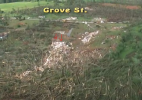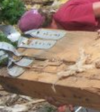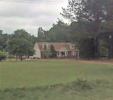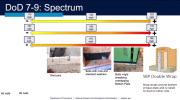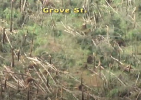I didn't mean sweep under the rug in some conspiratorial sense, just that I've seen so many people disregard any problems just because it took 3 months for the the engineers to put out the rating, idk how else I would've worded it but I'm not some tinfoil hat guy. Also I do think all the things you said, and they all connect into each other, I do think it was an EF5 strength tornado, but I'm a rating sense I think it is a very odd scenario, as would any tornado after 12 years getting EF5, and I don't really know if I think it should be EF5 or not, I do not think the calculations are wrong, they did the math and the parameters they used gave them the results that the math turned out as, but there are things in the math that were assumed incorrectly, the tanker car did touch the ground in some areas, it wasn't continually lofted. The grain car was not subjected to static horizontal loading because that isn't how winds In tornadoes are. I don't think the calculations were rushed at all because it did take 3 months, but the situations that the math set up to calculate aren't exactly what happened at least from what I've seen come up in the last few days.

